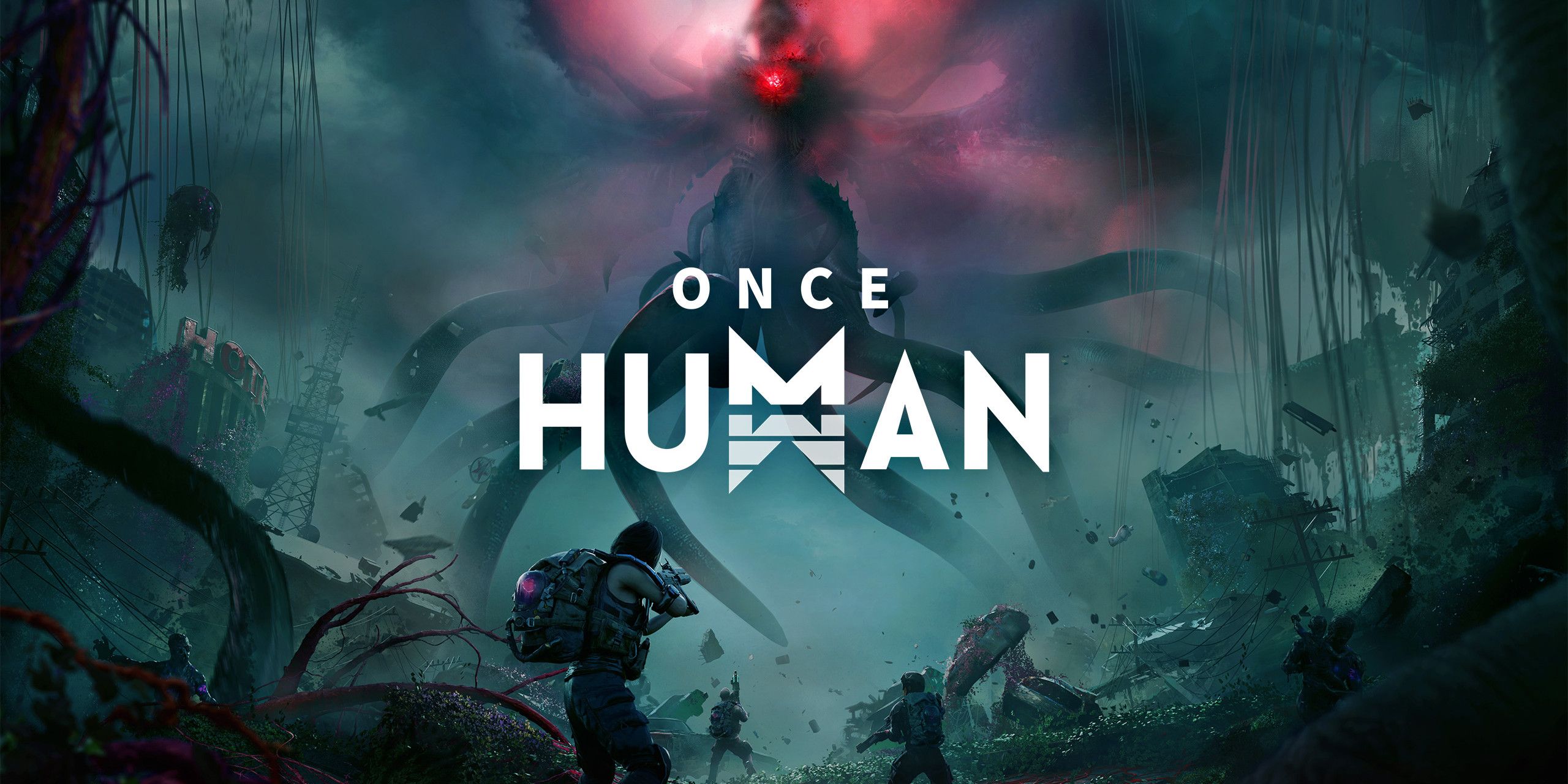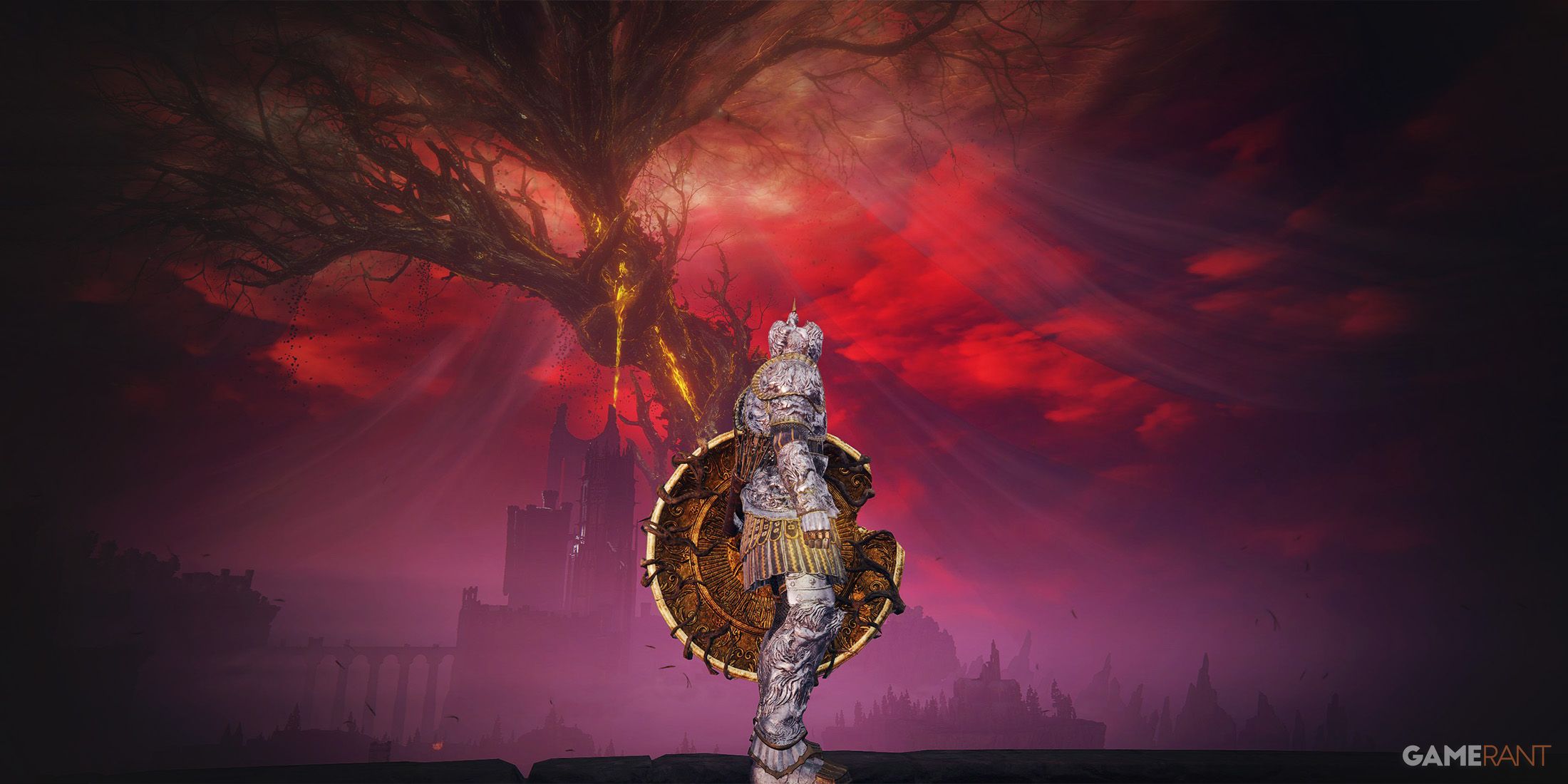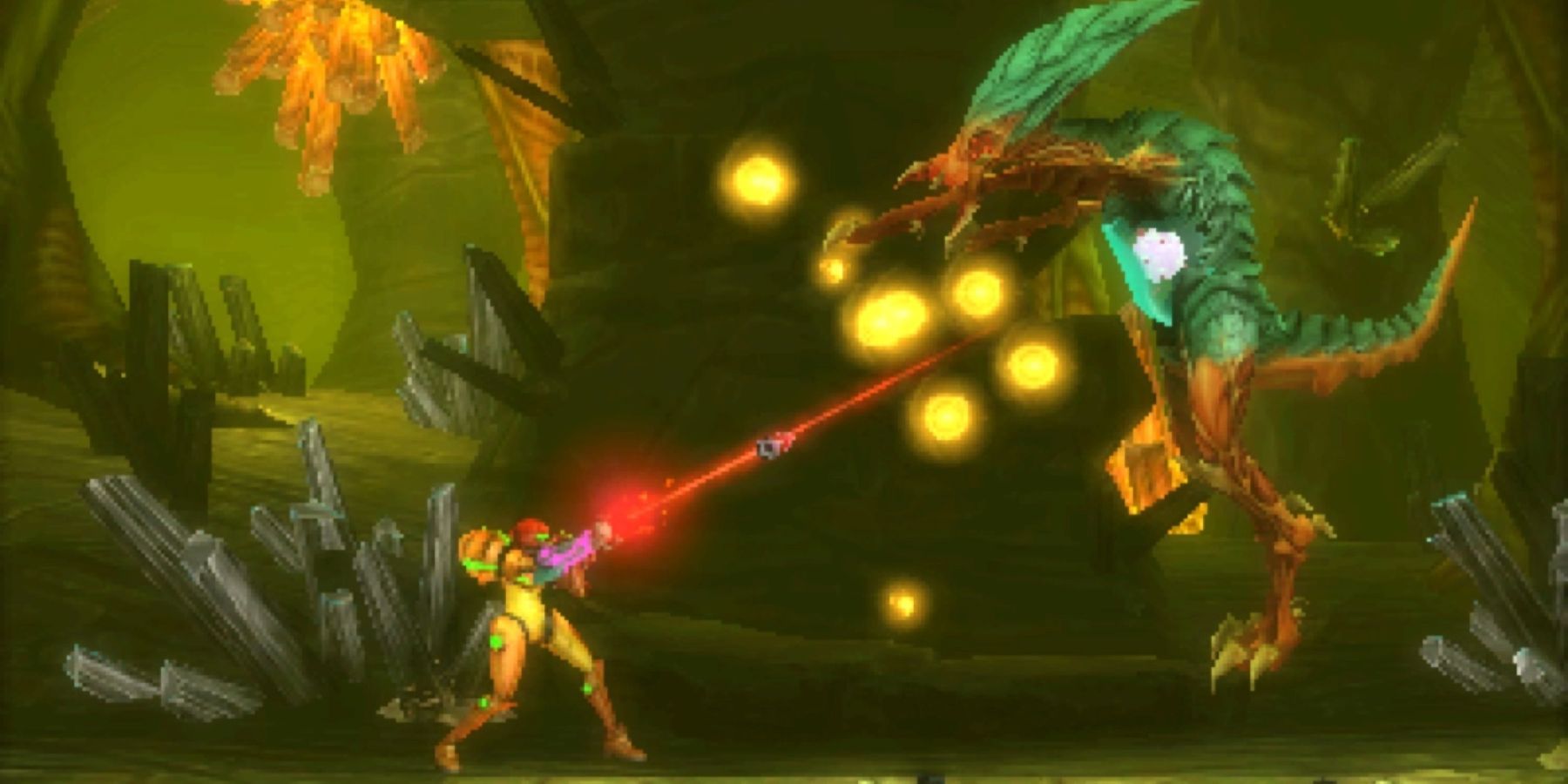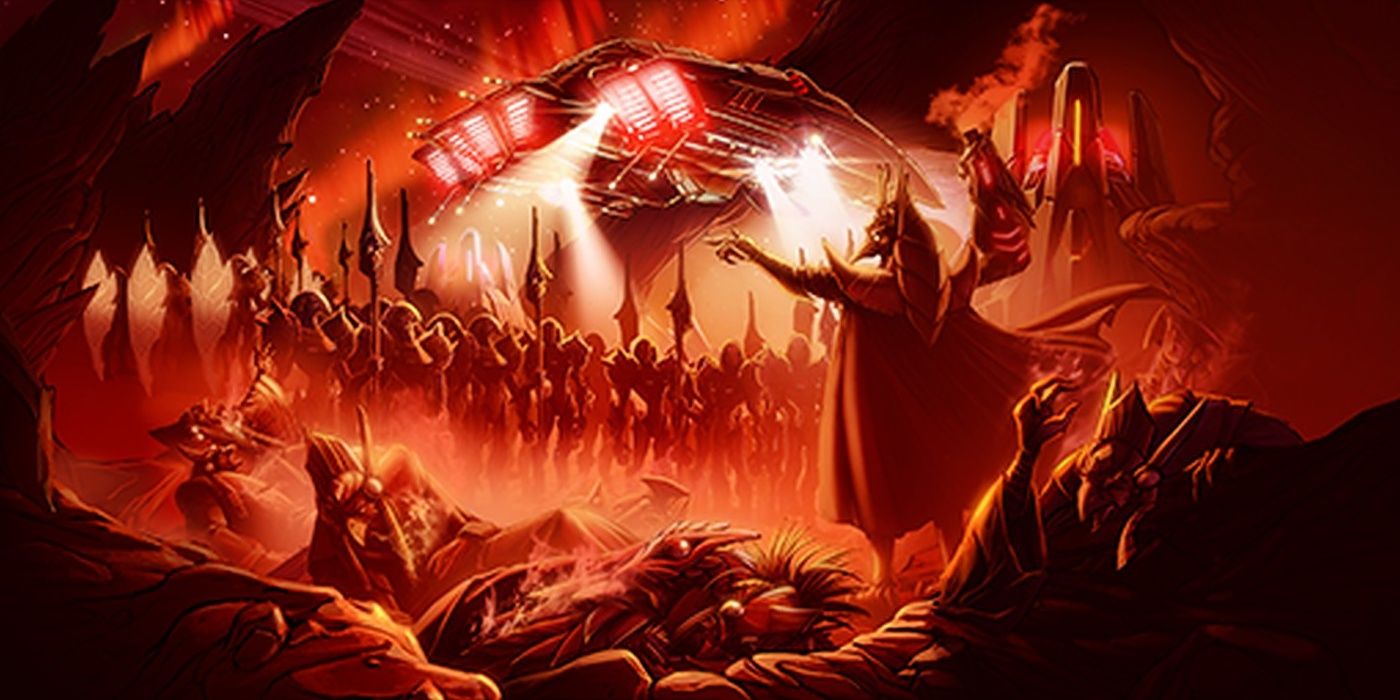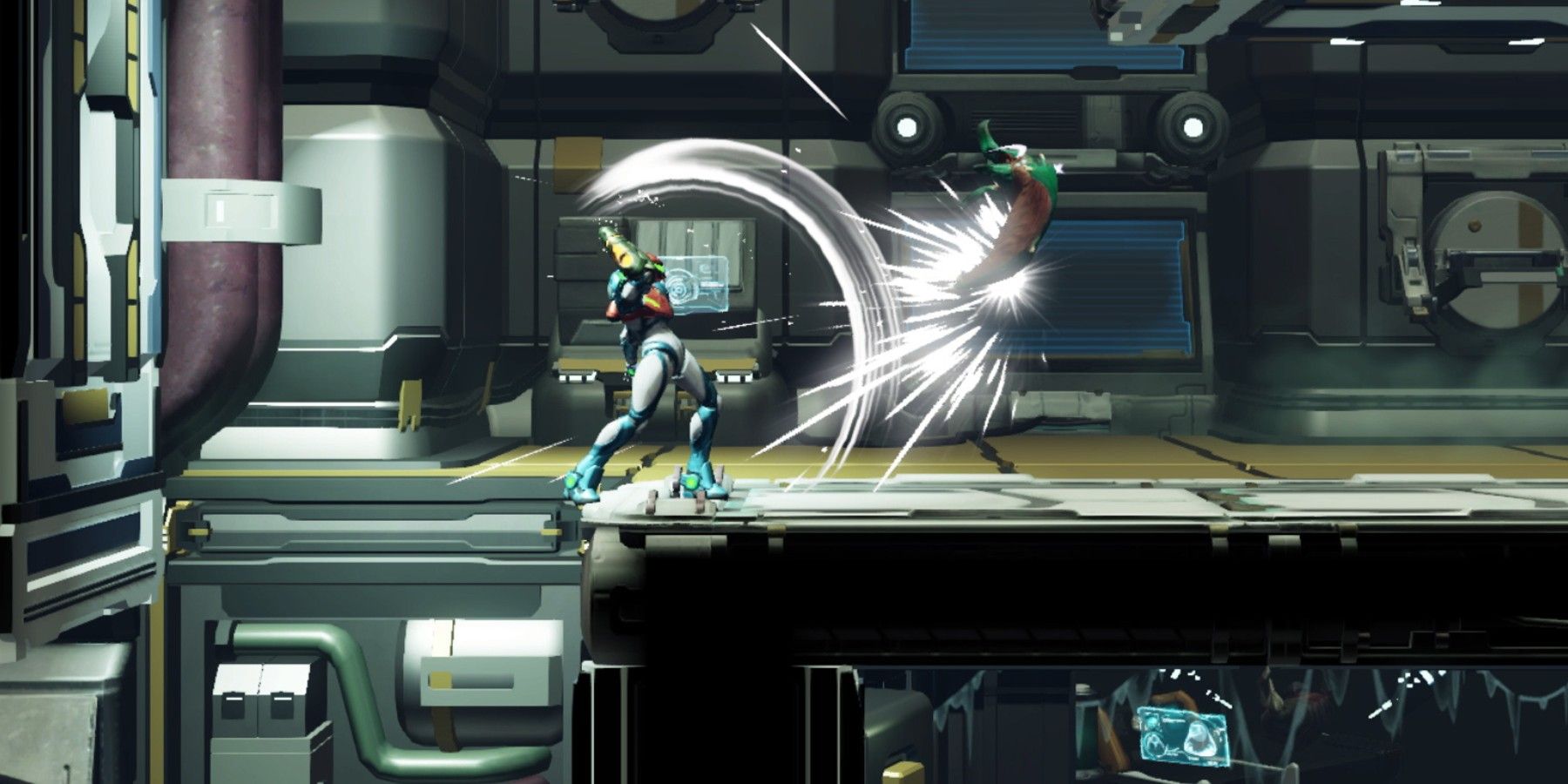As of September 15, 2022, it has been five years since the release of Metroid: Samus Returns on the Nintendo 3DS. The game provoked a mixed response from veterans at the time, but its fame has gradually grown as the Metroid series returned to the public consciousness. It helps that Metroid: Samus Returns was the first major success the series had seen in a decade, and the first official 2D Metroid game since even before that. This collaboration between MercurySteam and Nintendo EPD now marks the first steps of Metroid's return to relevance.
Indeed, while many would point to Metroid Dread as being the franchise's true revival, much of what Dread did was tested in Metroid: Samus Returns. The game wouldn't be the hit it is without Samus Returns doing a dry run of its new action focus, not to mention giving new developers to the franchise a chance to design a Metroid title. The community owes more to Samus Returns than it realizes, and even though Dread essentially replaced it in their minds, there are still plenty of reasons to celebrate what Metroid: Samus Returns got right.
Samus Returns Prepared Metroid’s Narrative For Its Next Push
Metroid: Samus Returns is a remake of the original Game Boy title Metroid 2: Return of Samus. In it, intergalactic bounty hunter Samus Aran is contracted to visit SR388 and exterminate the dangerous Metroid species. The franchise was still focused around exploration even in its early days, but it did not quite have the interconnected world of Super Metroid yet. Instead, players are given a count of living Metroids and expected to find and engage them in evolving boss fights. This holds true in the remake, which replaces the original Metroid 2 for all intents and purposes similar to Metroid: Zero Mission and Metroid 1.
It bears emphasis that despite none of the 2D Metroid games having numbers in their titles anymore, their chronology is still in original release order. The stories of these games flowed into each other more than many realized, so Samus Returns had to refresh players on past games and further the lore at the same time. Unlockable pictures revealed the backstory of the Chozo, Metroids, and the X-Parasites, and the extended ending showed the X-Parasite beginning its rampage without Metroids to stop it. The events of the narrative sequel but real-life prequel Metroid Fusion were important for Metroid Dread, so it was paramount that Samus Returns reintroduced them.
Metroid Dread Wouldn’t Feel the Same Without Metroid: Samus Returns
A narrative continuation was far from the only layup Metroid: Samus Returns prepared for Metroid Dread. Most notably, Samus Returns was the first 2D Metroid game to really amp up the franchise's action elements. Different takes on this had been done with Metroid Prime Hunters and Metroid: Other M, but Samus Returns marked the premiere of Samus’ Melee Counter. It and the cinematics that often followed used to interrupt the flow of combat, but Metroid Dread proved that it was an idea worth refining.
Several gameplay elements, including free aiming, were introduced in Samus Returns and reused for Dread. Special powers called Aeion abilities also first debuted in Samus Returns, though they served as augmentations for normal gameplay rather than the vital mechanics they became in Dread. Ultimately, although it was limited by being a portable title and the remake of an old game, Metroid: Samus Returns was still a successful attempt at bringing back both 2D Metroid and the unusual Metroid 2. Fans desperate for more Metroid Dread may want to seek it out, and it's definitely a worthy addition to series marathons while the wait for Metroid Prime 4 continues.
Metroid: Samus Returns is available on Nintendo 3DS.


